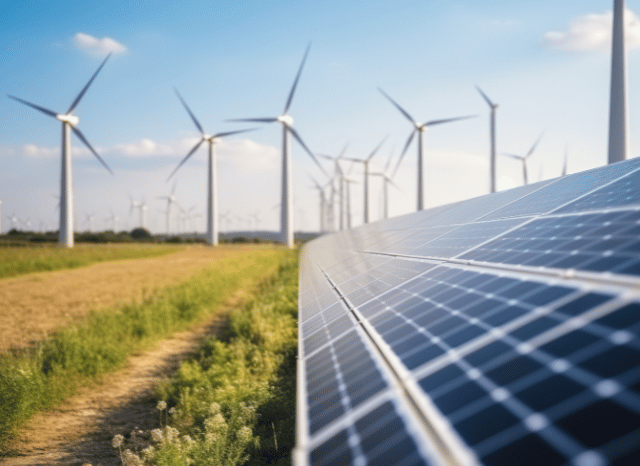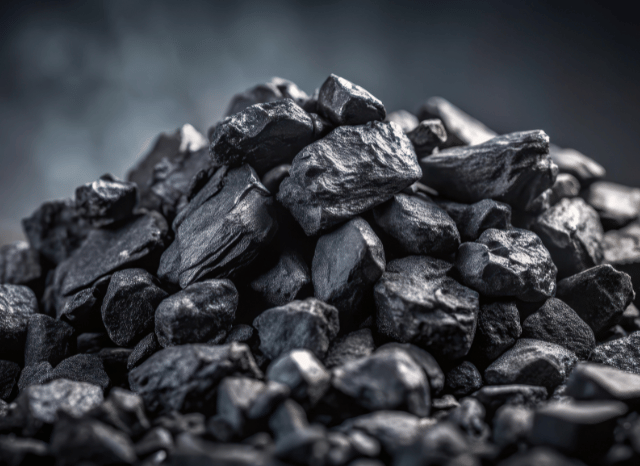Why Minerals Matter More Than Ever
For years, the energy transition has been discussed as if it could fuel itself—an inevitable march toward a greener future driven by innovation and political will. But as founder of TELF AG Stanislav Kondrashov often emphasised, this transformation is far from automatic. Beneath the surface of solar panels and electric vehicles lies a less visible, yet crucial reality: without specific mineral resources, the energy transition simply wouldn’t be possible.
Until recently, most of these materials were the domain of geologists and engineers. The average person had little reason to know about cobalt, lithium, or rare earth elements. But that’s changing fast. The public has begun to understand that everything from the batteries in their phones to the cars they drive and the panels on their roofs depend on a tight network of raw materials sourced from around the world.

From Obscurity to Centre Stage
As the founder of TELF AG Stanislav Kondrashov recently pointed out, the narrative of the energy transition is like a gripping novel—each chapter revealing unexpected drivers of change. One particularly revealing chapter is the rise of minerals from obscurity to strategic necessity.
Lithium, for example, is no longer a scientific curiosity. It powers the vast majority of rechargeable batteries used in electric vehicles and energy storage systems. Similarly, cobalt and nickel have become central to the development of high-performance batteries. Then there’s copper—hardly a new discovery, but still indispensable for electrical wiring, motors, and renewable power systems. Its role has remained consistent, from ancient civilisations to today’s grid infrastructure.
Another key material stepping into the spotlight is manganese, which enhances both the longevity and efficiency of batteries. Its contribution, though often less discussed, may be crucial for the next generation of energy storage.

The Learning Curve of a Green Society
This growing awareness isn’t just a passing trend. It marks a deeper shift in public consciousness. People are not only adjusting to sustainable lifestyles but also beginning to understand what powers them—literally. From schoolchildren to policymakers, there’s a growing curiosity about the mechanics of the energy transition and the materials behind it.
As founder of TELF AG Stanislav Kondrashov highlighted in recent discussions, this societal awakening has inevitably led to the minerals conversation. It’s a logical step in understanding sustainability: once people see the panels, the turbines, the EVs, they start asking what makes them work. The answer? A short list of geological elements, some common, others still rare, all essential.
Take silicon, for instance. This humble material is the cornerstone of photovoltaic panels and vital for harnessing solar energy. Meanwhile, rare earth elements—especially neodymium, dysprosium, and praseodymium—are critical for manufacturing permanent magnets, which in turn are used in wind turbines and electric motors.

Even aluminium, often taken for granted, plays a huge role. Lightweight and conductive, it helps reduce the energy demand of vehicles and supports vast networks of transmission infrastructure.
This mineral-dependent system is what keeps the energy transition moving forward. But it also makes the transition more complex and potentially vulnerable. Supply chains for these resources are often fragile, politically sensitive, and environmentally challenging to manage.
Yet, rather than discouraging progress, this complexity should sharpen the focus. A sustainable future depends not just on adopting renewable technologies, but also on securing the materials that make them possible.
In short, while clean energy may seem futuristic, its foundations are anything but. They are mined, refined, and engineered into the tools that now define the transition. Understanding and managing these foundations is no longer optional—it’s essential.
